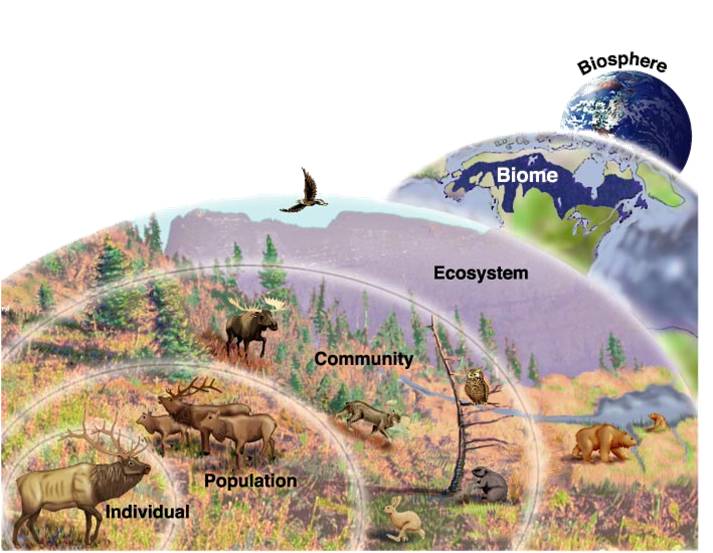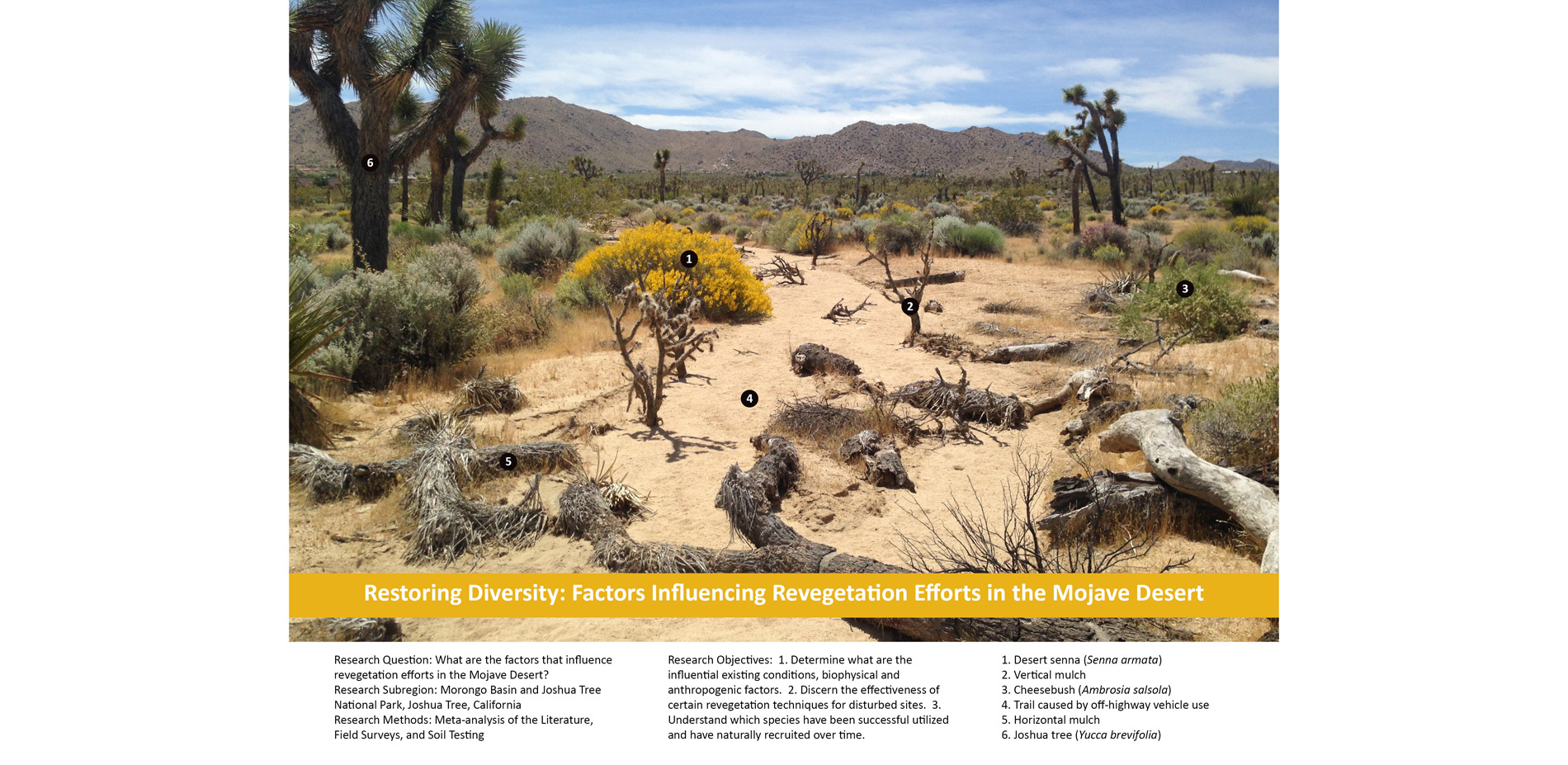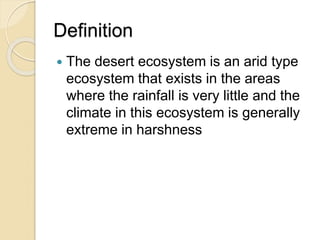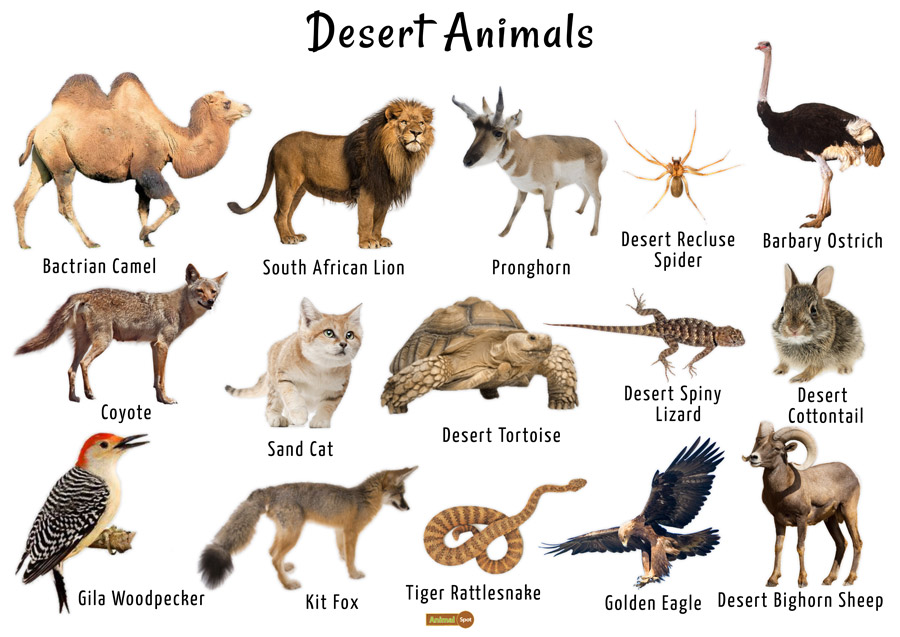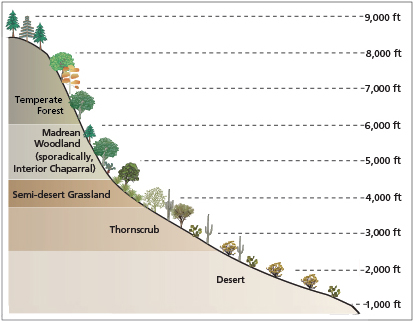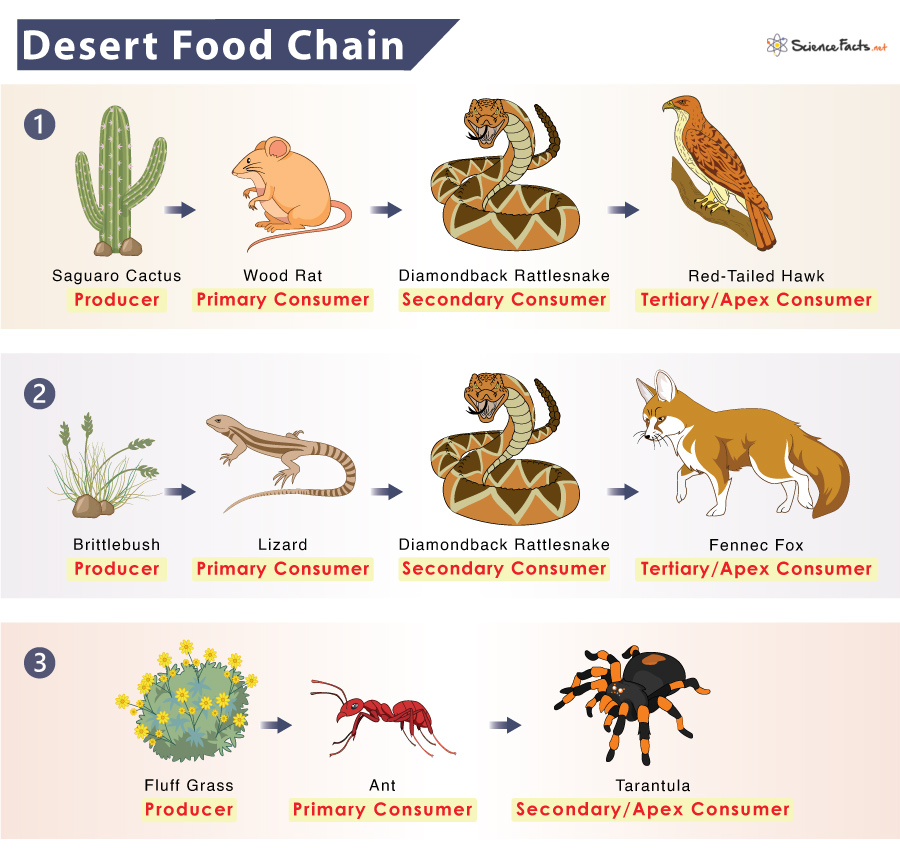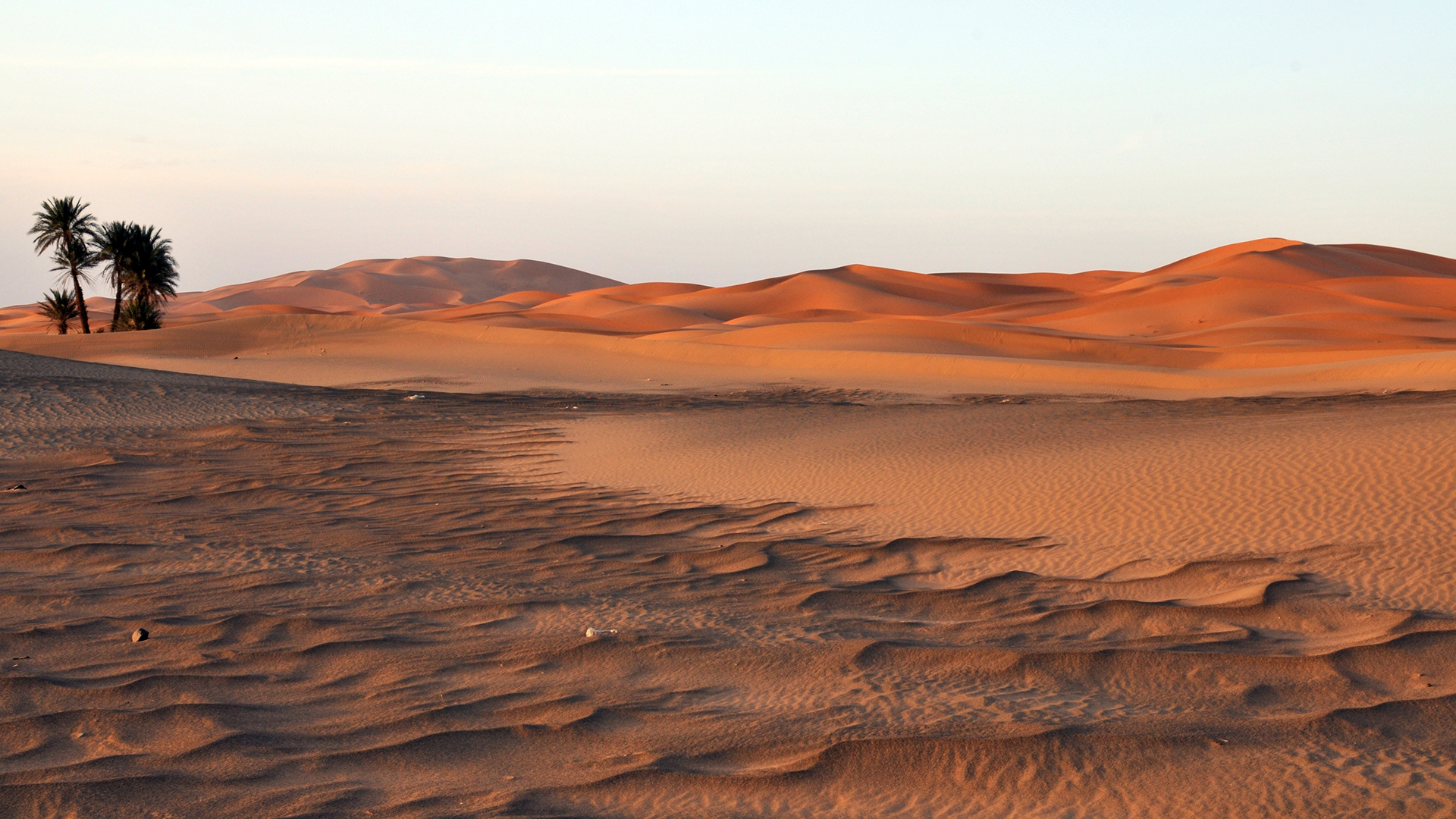Topic ecosystem level of organization: Explore the "Ecosystem Level of Organization" to understand how interconnected life forms create a harmonious balance, ensuring sustainability and diversity within our planet"s ecosystems.
Table of Content
- What are the levels of organization within an ecosystem?
- Understanding Ecosystems: The Foundation of Ecological Balance
- Levels of Ecological Organization: From Individuals to the Biosphere
- Components of an Ecosystem: Biotic and Abiotic Factors
- Energy Flow and Nutrient Cycles: The Engines of Ecosystem Functioning
- Types of Ecosystems: Diversity in Habitats and Life
- YOUTUBE: Individual Species, Populations, Communities, Ecosystems, and Biomes: A Full Ecology Lesson
- Role of Biodiversity: Why Every Species Matters
- Human Impact on Ecosystems: Challenges and Conservation Efforts
- Ecological Research and Monitoring: Tools for Understanding Ecosystems
- Climate Change and Ecosystems: Interconnected Effects
What are the levels of organization within an ecosystem?
The levels of organization within an ecosystem are as follows:
- Organism: This is the basic unit of life within an ecosystem. It refers to an individual living organism, such as an animal, plant, or microorganism.
- Population: A population consists of multiple organisms of the same species living in the same area at the same time. For example, a population of deer in a forest or a population of birds in a particular region.
- Community: A community refers to all the populations of different species that live and interact in a specific area. It includes the relationships and interactions between different species, such as predation, competition, and mutualism.
- Ecosystem: An ecosystem encompasses both the living organisms (biotic factors) and the physical environment (abiotic factors) they interact with. It includes all the communities in a particular area along with their non-living surroundings, such as soil, water, and climate.
- Biome: A biome is a large-scale ecosystem characterized by specific climatic conditions and dominant plant and animal communities. Examples of biomes include rainforests, deserts, tundra, and grasslands.
- Biosphere: The biosphere refers to the sum of all ecosystems on Earth. It includes the parts of the planet where living organisms exist, from the deepest oceans to high altitudes.
These levels of organization help scientists understand the relationships and interactions between different components of an ecosystem, from individual organisms to the entire biosphere.
READ MORE:
Understanding Ecosystems: The Foundation of Ecological Balance
Ecosystems are dynamic entities composed of the living and non-living components that interrelate in an intricate web of life. They form the foundation of ecological balance, facilitating the flow of energy, cycling of nutrients, and supporting diverse life forms. Understanding ecosystems is crucial for grasping the complexity of life on Earth and the necessity of conserving our natural environments.
- Biotic and Abiotic Components: Ecosystems consist of biotic (living) elements like plants, animals, and microorganisms, and abiotic (non-living) elements including water, air, and minerals.
- Energy Flow: Sunlight is the primary energy source for most ecosystems, where producers (plants) convert solar energy into chemical energy through photosynthesis, which is then passed through the ecosystem via consumers and decomposers.
- Nutrient Cycles: Nutrients cycle through ecosystems in various forms, from the atmosphere and soil to living organisms and back, maintaining ecosystem health and productivity.
- Interconnectedness: Every component of an ecosystem depends on the others, with complex relationships that include food webs, symbiotic relationships, and predator-prey dynamics.
- Types of Ecosystems: Ecosystems can be classified into terrestrial (forests, grasslands), aquatic (freshwater, marine), and man-made ecosystems, each with unique characteristics and life forms.
- Human Impact: Human activities significantly affect ecosystems, from habitat destruction and pollution to climate change, highlighting the importance of sustainable practices to preserve these vital systems.
Understanding ecosystems at the foundational level empowers us to appreciate the complexity of the natural world and the critical role humans play in maintaining ecological balance.
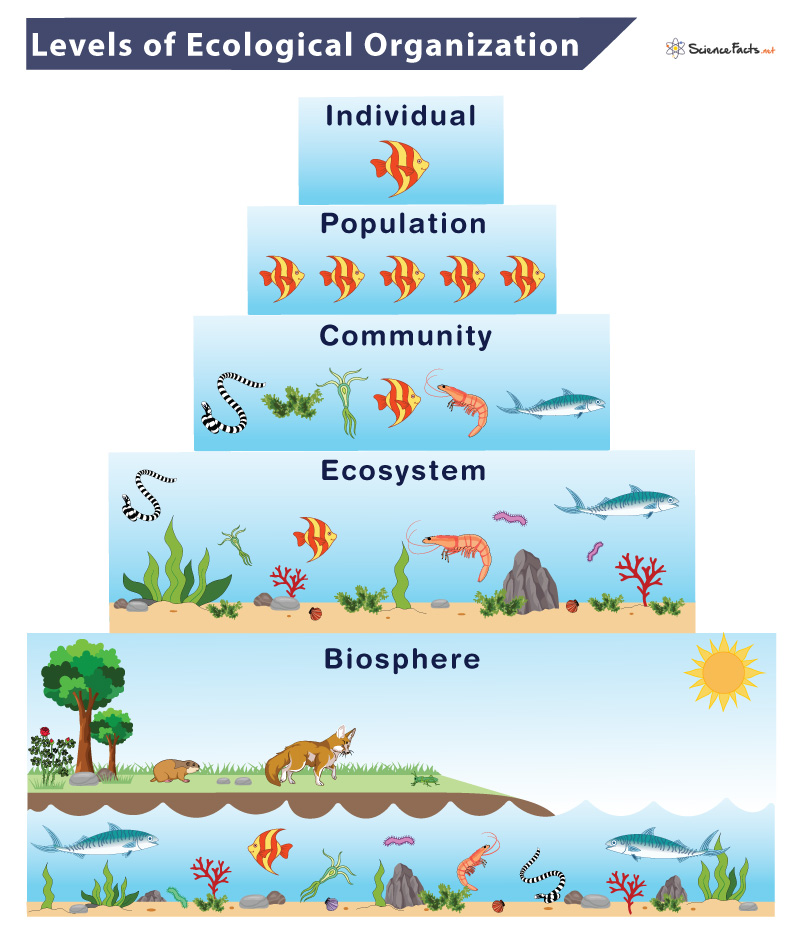
Levels of Ecological Organization: From Individuals to the Biosphere
The ecological organization within ecosystems spans multiple levels, starting from the smallest unit, the individual, and extending to the vast biosphere that covers life on Earth. Understanding these levels is crucial for comprehending how organisms interact within their environments and contribute to the overall functionality of ecosystems.
- Individual: The most basic unit of ecological organization, referring to a single organism.
- Population: A group of individuals of the same species living in a specific area.
- Community: All the different populations that live together in an area.
- Ecosystem: A community and its physical environment interacting as a system.
- Biome: A large area characterized by its vegetation, soil, climate, and wildlife.
- Biosphere: The global ecological system integrating all living beings and their relationships, including their interaction with the elements of the lithosphere, hydrosphere, and atmosphere.
This hierarchical structure helps scientists and ecologists understand the complexity of life and the intricate balance necessary for the sustainability of ecosystems. Each level has its distinct characteristics and functions, but all are interdependent, reflecting the interconnectedness of life on Earth.
Components of an Ecosystem: Biotic and Abiotic Factors
Ecosystems are complex networks that consist of biotic (living) and abiotic (non-living) components, each playing a pivotal role in sustaining life. Understanding these components is essential for comprehending how ecosystems function and maintain ecological balance.
- Biotic Factors: These are the living parts of an ecosystem, including plants, animals, fungi, and microorganisms. Each organism has a specific role, such as producers, consumers, or decomposers, contributing to the ecosystem"s energy flow and nutrient cycles.
- Abiotic Factors: These are the non-living physical and chemical elements of an ecosystem, such as sunlight, water, air, minerals, and temperature. Abiotic factors determine the conditions under which living components can survive and thrive.
The interaction between biotic and abiotic components allows for the flow of energy through food webs, the recycling of nutrients, and supports diverse life forms. For example, sunlight (an abiotic factor) provides energy for photosynthesis in plants (a biotic factor), which in turn serve as food for animals (another biotic factor).
- Energy Flow: Starts with photosynthesis, moves through the food chain from producers to consumers, and ends with decomposers breaking down waste and dead organisms.
- Nutrient Cycling: Nutrients like carbon, nitrogen, and phosphorus cycle between abiotic and biotic components, ensuring the productivity and stability of ecosystems.
Understanding these components and their interactions is crucial for ecosystem management and conservation efforts, ensuring the health and sustainability of our planet"s ecosystems.
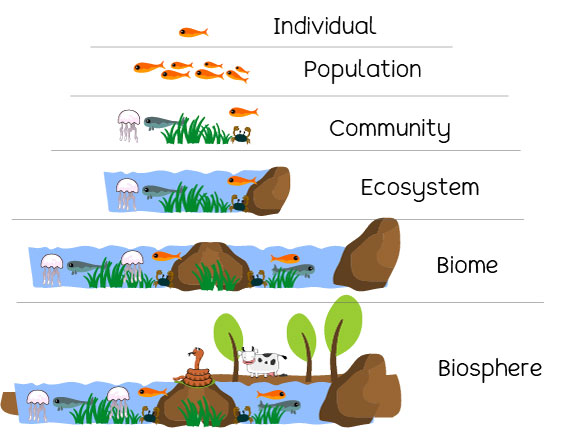
Energy Flow and Nutrient Cycles: The Engines of Ecosystem Functioning
Ecosystems are dynamic entities where two fundamental processes, energy flow and nutrient cycling, play critical roles in maintaining the health and stability of the environment. Energy flow through ecosystems begins with the absorption of sunlight by producers, mainly plants and algae, which convert this solar energy into chemical energy through photosynthesis. This energy is then passed along the food chain from primary consumers, who eat the producers, to secondary and tertiary consumers, who feed on other animals. However, only about 10% of the energy at one trophic level is transferred to the next level, with the rest being lost as heat, underscoring the inefficiency of energy transfer in ecosystems.
Nutrient cycles, including those of carbon, nitrogen, and phosphorus, are equally vital. These cycles describe the movement of nutrients from the physical environment into living organisms and back again. Nutrients are taken up by plants from the soil or water and are then passed through the food chain to animals. Decomposers play a key role in recycling these nutrients, breaking down dead matter and waste products back into their elemental forms, which can be reused by plants. This recycling ensures the sustainability of ecosystems by maintaining the availability of essential nutrients.
The interaction between energy flow and nutrient cycles underpins the structure and function of ecosystems. For instance, food webs, which are more complex than simple food chains, illustrate the interconnectedness of different organisms through their feeding relationships. These webs show how energy and nutrients circulate within an ecosystem, highlighting the importance of each species in maintaining ecological balance. Additionally, the concept of trophic levels helps to understand the position of organisms within food webs, reflecting their role in the energy flow and nutrient cycles.
Human activities have significant impacts on these natural processes, often disrupting the delicate balance of ecosystems. Pollution, deforestation, and climate change can alter nutrient cycles and energy flow, leading to reduced biodiversity and ecosystem degradation. Thus, understanding and protecting these fundamental ecological processes is crucial for conserving biodiversity and ensuring ecosystem resilience in the face of environmental changes.
Types of Ecosystems: Diversity in Habitats and Life
The planet Earth is a vast mosaic of ecosystems, ranging from tiny tide pools to expansive deserts, each supporting unique communities of life. Ecosystems are classified into two broad categories: terrestrial and aquatic. Terrestrial ecosystems, found on land, include forests, grasslands, deserts, and tundras, each defined by its predominant vegetation and climate. Aquatic ecosystems, covering water environments, are divided into freshwater and marine ecosystems, including lakes, rivers, oceans, and coral reefs.
- Forest Ecosystems: Characterized by a dense growth of trees and underbrush, forest ecosystems are rich in biodiversity and play a crucial role in the global carbon cycle.
- Grassland Ecosystems: Dominated by grasses and herbs, these ecosystems support a variety of herbivores and are important for agriculture and livestock.
- Desert Ecosystems: Defined by their dry conditions, deserts are home to specially adapted plants and animals that can withstand extreme temperatures and water scarcity.
- Tundra Ecosystems: Found in the polar regions, tundras are characterized by cold temperatures, low biodiversity, and a layer of permafrost.
- Freshwater Ecosystems: Including rivers, lakes, and wetlands, freshwater ecosystems are vital for the water cycle and biodiversity.
- Marine Ecosystems: Encompassing oceans and coral reefs, marine ecosystems are critical for climate regulation and provide habitat for a multitude of marine species.
Each ecosystem type is a complex web of life, where organisms interact with each other and their physical environment. The diversity of ecosystems contributes to the overall health of the planet, supporting essential processes such as nutrient cycling, carbon storage, and water filtration. Human activities, however, pose significant threats to ecosystems, highlighting the need for conservation efforts to protect these vital natural resources.

Individual Species, Populations, Communities, Ecosystems, and Biomes: A Full Ecology Lesson
\"Discover the wonders of the world and how we can protect them in this captivating video on ecology. Uncover the secrets of ecosystems and learn about the amazing ways nature adapts and thrives to create a harmonious balance.\"
Ecological Levels of Organization
\"Unlock your potential for success by mastering the art of organization. In this enlightening video, you\'ll gain valuable tips and tricks to declutter your life, boost productivity, and create an orderly environment that fosters creativity and peace of mind.\"
Role of Biodiversity: Why Every Species Matters
Biodiversity, encompassing the variety of all living species on Earth, is critical for the stability and sustainability of our ecosystems. This diversity includes plants, animals, bacteria, and fungi, which interact within ecosystems to provide essential services that support life. Biodiversity is crucial for ecosystem productivity, where each species, no matter how small, plays a role in maintaining ecological balance.
The importance of biodiversity is reflected through several key aspects:
- Genetic Diversity: Genetic variations within species are fundamental for resilience and adaptation to changing environments. This diversity increases a population"s ability to withstand environmental pressures, diseases, and changing climate conditions.
- Species Diversity: A higher number of species ensures ecosystem resilience against unexpected environmental changes. Diverse species contribute to the complexity and stability of ecosystems, providing a range of functions from pollination to nutrient cycling.
- Ecosystem Diversity: Different ecosystems, such as forests, oceans, and deserts, offer a variety of habitats that support unique communities of organisms. This diversity ensures natural sustainability for all life forms and provides services essential to human survival, including air and water purification, fertile soils for agriculture, and materials for shelter and medicine.
However, biodiversity is under threat from human activities that lead to habitat destruction, pollution, climate change, and the introduction of invasive species. These actions diminish biodiversity and disrupt the ecosystem services it provides, emphasizing the need for conservation and sustainable management practices.
Conserving biodiversity is not only about protecting individual species but also about preserving the integrity and functionality of ecosystems. Efforts to maintain biodiversity include protecting natural habitats, restoring damaged ecosystems, and implementing sustainable practices to reduce human impact on the environment.
Ultimately, the role of biodiversity in ecosystems underscores the interconnectedness of all life forms. Every species matters, contributing to the complex web of life that sustains the planet"s ecosystems, which, in turn, support human life and well-being.
Human Impact on Ecosystems: Challenges and Conservation Efforts
Human activities have significantly impacted ecosystems worldwide, with major consequences for biodiversity, climate, and the sustainability of natural habitats. The burning of fossil fuels, expansion of agriculture, deforestation, and pollution are key drivers of these changes, leading to a decline in species populations and the degradation of natural environments. Since 1970, there has been an average decline of 69% in species populations, underscoring the urgent need for concerted conservation efforts.
Conservation initiatives aim to mitigate these impacts through a variety of strategies:
- Species Protection: Efforts such as legal protections, captive breeding programs, and anti-poaching measures aim to prevent species extinction and maintain biodiversity.
- Habitat Preservation: Protecting and restoring critical habitats helps to ensure species have the spaces they need to thrive. Identifying and safeguarding biodiversity hotspots are central to these efforts.
- Community Engagement: Involving local communities in conservation efforts is crucial for success, ensuring that conservation supports both wildlife and human well-being.
- Policy and Legislation: Developing robust environmental policies at both national and international levels can provide the framework needed for effective conservation.
Organizations like the World Wildlife Fund (WWF) are at the forefront of addressing the dual challenges of wildlife conservation and human development. By working in nearly 100 countries, WWF collaborates with partners to sustain the natural world for the benefit of both people and wildlife. Their efforts include protecting endangered species, conserving critical habitats, and engaging communities and policymakers in sustainable practices.
Successful conservation stories, such as the recovery of species like the giant panda and black rhino, demonstrate the positive impact of sustained efforts. However, the ongoing loss of biodiversity and the challenges posed by climate change highlight the need for a global commitment to conservation. Initiatives like the Paris Climate Agreement and the Convention on Biological Diversity (CBD) are critical milestones towards reversing biodiversity loss and ensuring a sustainable future for all.
To contribute to these efforts, individuals can support conservation organizations, advocate for strong environmental policies, and adopt sustainable practices in their daily lives. Together, we can work towards a more sustainable and biodiverse planet.

Ecological Research and Monitoring: Tools for Understanding Ecosystems
Ecological research and monitoring are fundamental activities that provide insights into the functioning, health, and sustainability of ecosystems. At institutions like Fermilab, ecological research aims to enhance our scientific understanding of ecosystems, inform habitat restoration practices, and track species or communities of interest. Through the National Environmental Research Park (NERP) program, researchers can submit proposals for ecological studies, which are crucial in a world facing climate change and environmental shifts. Fermilab"s diverse habitats, including prairies, savannas, woodlands, and wetlands, offer rich and varied settings for ecological studies.
Monitoring is an integral part of ecological land management, essential for assessing the success of habitat restoration and understanding wildlife responses. This process involves measuring changes in species richness, the floristic quality index, and establishing conservation targets for wildlife populations. Results from research and monitoring inform GIS layers, aiding in decision-making processes that affect natural areas.
The U.S. Geological Survey (USGS) also undertakes extensive ecological monitoring, leveraging their expertise in biology, botany, microbiology, and more to gain a comprehensive view of ecosystem health. This includes studying fish and invertebrate population diversity, aquatic organism health, and water chemistry. The USGS"s work encompasses collecting and analyzing large amounts of data on water quality and aquatic biological characteristics to understand and assess changes to ecosystems" health, driven by natural and human-induced factors.
Both Fermilab and USGS exemplify how ecological research and monitoring serve as indispensable tools in understanding ecosystems, informing conservation efforts, and ensuring the sustainability of our natural world for future generations.
READ MORE:
Climate Change and Ecosystems: Interconnected Effects
Climate change significantly impacts ecosystems, affecting food webs, altering ecosystem services, and influencing biodiversity and natural resource management. At the base of food webs, primary producers like plants and plankton are crucial, with higher trophic levels depending on them. Climate-induced changes in one part of a food web can ripple through the entire system, impacting even distant ecosystems. For example, if fish in estuaries struggle to find food, their oceanic predators may also suffer consequences.
Climate change jeopardizes critical ecosystem services such as food provision, carbon capture, and storage. Forest ecosystems, vital in absorbing atmospheric carbon dioxide, face increased threats from wildfires, pests, and diseases due to climate change, diminishing their carbon sequestration capacity.
Ecosystems underpin significant economic sectors, providing services estimated between $125 to $145 trillion annually. Climate change poses risks to industries reliant on these services, such as fisheries, logging, and agriculture. While some regions might see extended growing seasons and increased crop yields due to milder winters, others could suffer from enhanced droughts, pests, and extreme weather events, necessitating adaptation and mitigation strategies.
Indigenous and rural communities, heavily dependent on ecosystem services, face unique challenges from climate change. These communities" livelihoods and cultural heritage are at risk as ecosystems evolve. Actions such as preventing the spread of invasive species, engaging in citizen science, and practicing sustainable land management can mitigate these impacts, emphasizing the need for proactive conservation planning and community resilience building.
Understanding the complex interplay between climate change and ecosystems is crucial for developing effective adaptation strategies. Research and monitoring efforts, such as those conducted by the U.S. Geological Survey and highlighted by the Environmental Protection Agency, offer valuable insights into the effects of climate change on biodiversity, ecosystem functions, and the services they provide to humanity.
